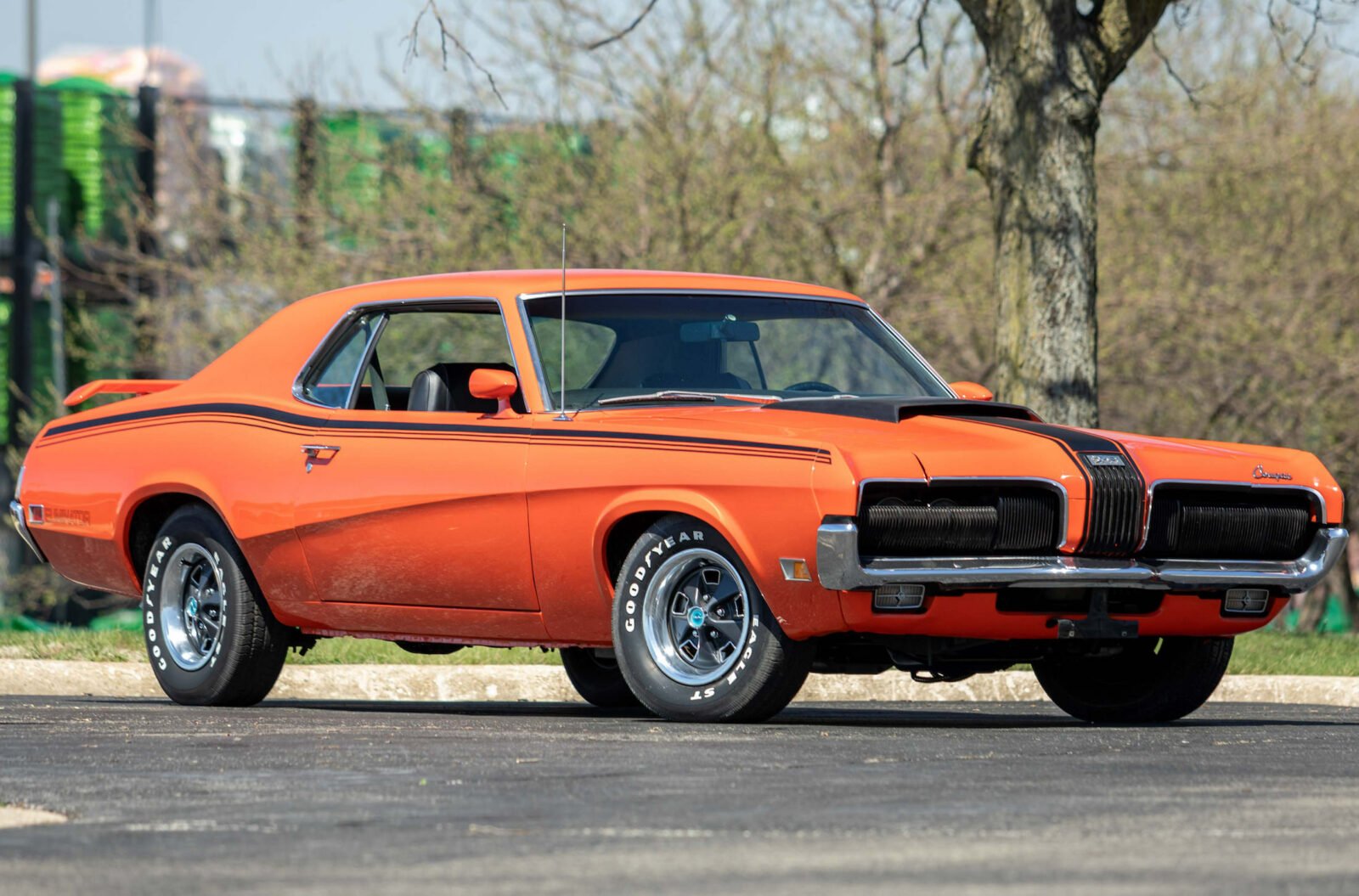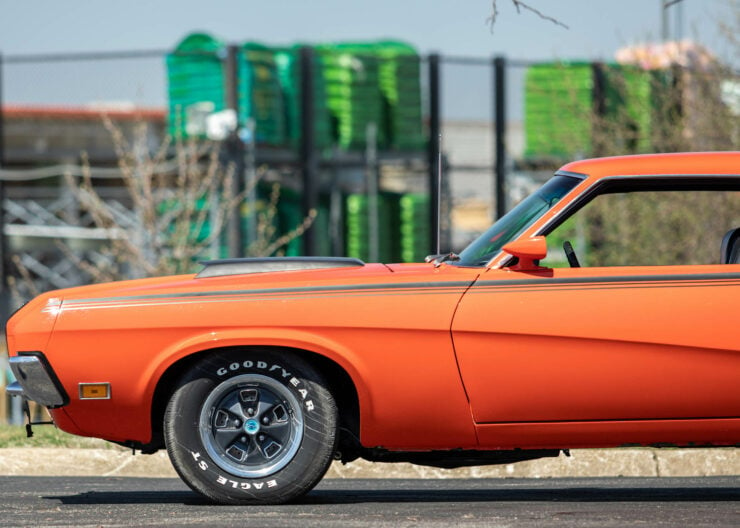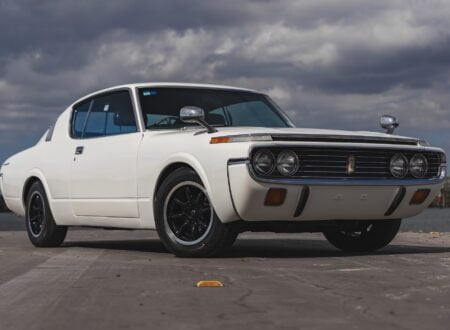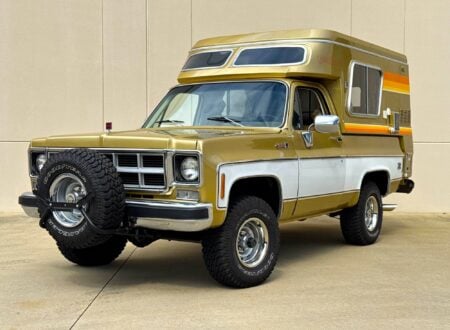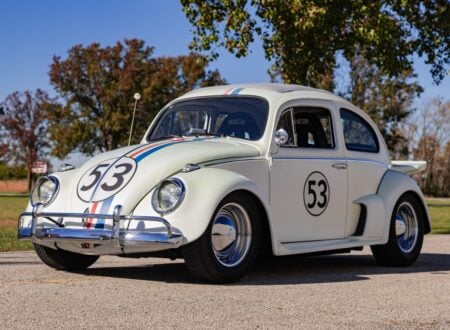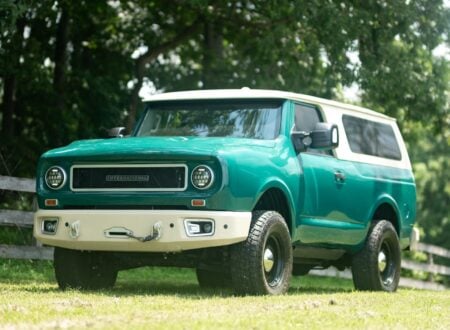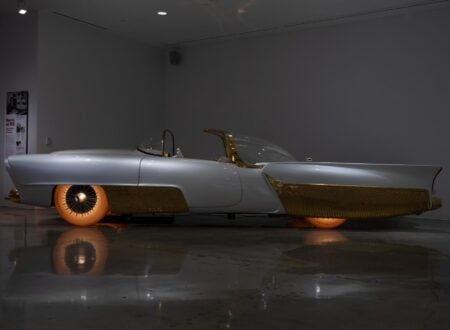Just 469 examples of the 1970 Mercury Cougar Boss 302 Eliminator were made, the model was a special alternative option for people considering the Ford Mustang Boss 302, and both cars were powered by the same 290 bhp engine.
The “Boss” model name famously came about entirely by accident when the car was being developed by Larry Shinoda in secrecy. Someone had asked him what he was working on, and unable to tell them the truth he just said “the Boss’ car” with a wry smile and left it at that. The name stuck.
Fast Facts – The Mercury Cougar Boss 302 Eliminator
- The Mercury Cougar was first introduced in 1967 as an upscale and more luxurious alternative to the Ford Mustang. It shared the same platform but featured a longer wheelbase, hidden headlights, and a more refined interior, aiming to cater to a more sophisticated clientele seeking a “gentleman’s muscle car.”
- In 1969, Mercury launched the Eliminator performance package for the Cougar, which added several high-performance upgrades including front and rear spoilers, racing stripes, a blacked-out grille, and a hood scoop. Multiple engine options were available, including the 351 Windsor, 390 FE, and the 428 Cobra Jet.
- Mercury unveiled the Cougar Boss 302 Eliminator in 1970 as a response to Chevrolet’s Z/28 Camaro and Pontiac’s Trans Am Firebird. The car was equipped with a high-performance 302 cubic inch (5.0 liter) V8 engine, derived from the Ford Mustang Boss 302, delivering an impressive 290 bhp at 5,200 rpm and 290 lb ft of torque at 4,300 rpm.
- The Cougar Boss 302 Eliminator featured numerous performance enhancements, such as a competition suspension, power front disc brakes, a close-ratio four-speed manual transmission, high-back bucket seats, and a special gauge package. The exterior sported the distinctive Eliminator styling elements.
The Ford 302 Boss V8 Engine
The Ford 302 Boss V8 engine was developed in the late 1960s as part of Ford’s effort to create a high-performance small-block V8 engine that could compete against the Chevrolet small-block V8s that were dominating on circuits across the country. The Boss 302 was conceived by Ford engineers Larry Shinoda and Mike Pohlman, with the primary goal of winning the popular new Trans-Am racing series.
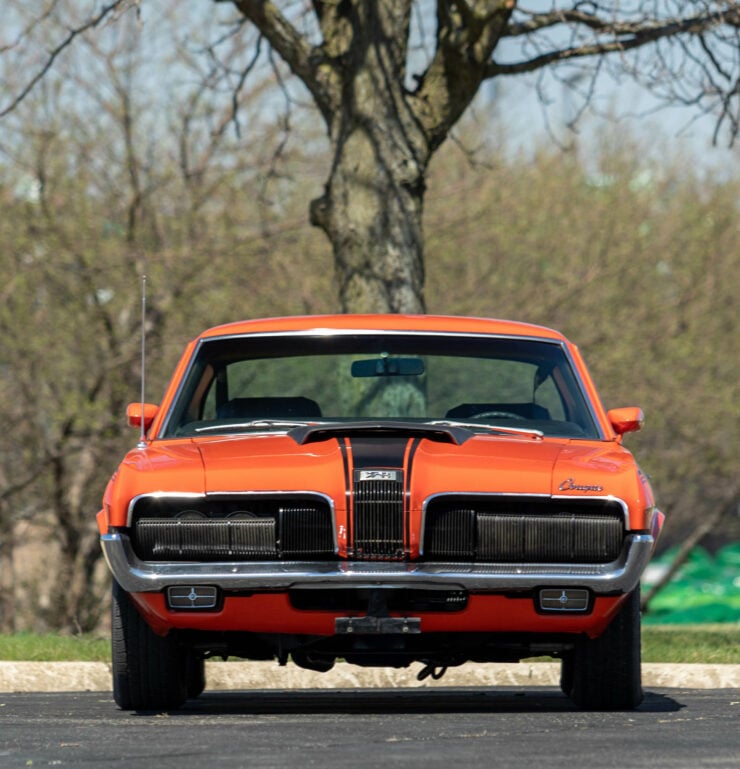

The Boss 302 V8 engine was based on Ford’s 302 Windsor small-block engine, but it featured several performance enhancements. These included large-port, high-flow cylinder heads with canted valves, a high-rise aluminum intake manifold, a solid lifter camshaft, and a Holley four-barrel carburetor.
These upgrades allowed the engine to produce at 5,200 rpm and 290 lb ft of torque at 4,300 rpm, a significant improvement over the standard 302 Windsor engine.
The Boss 302 engine made its debut in the 1969 Ford Mustang Boss 302, a high-performance variant of the world famous pony car. The Mustang Boss 302 featured a distinctive appearance with racing stripes, front and rear spoilers, and a unique graphics package. The car was designed to be a street-legal racer that could be used for weekend track events and/or daily driving.
The Ford Mustang Boss 302 quickly made a name for itself in the Trans-Am racing series, where it competed against the likes of the Chevrolet Camaro and the AMC Javelin.
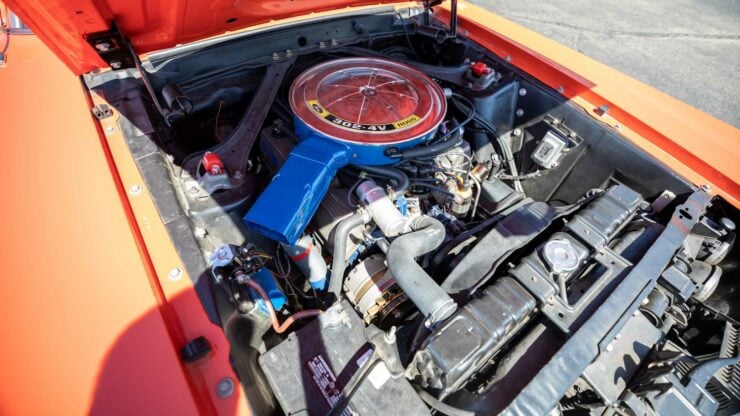

The Boss 302-powered Mustangs, driven by legendary drivers such as Parnelli Jones and George Follmer, won the 1970 Trans-Am championship – cementing the engine’s reputation as an icon among American V8s.
The Mercury Cougar Boss 302 Eliminator
The Mercury Cougar Boss 302 Eliminator is one of the forgotten legends of the muscle car era. Born out of the classic rivalry between Ford and General Motors, this high-performance variant of the Mercury Cougar was designed to compete with the Chevrolet Camaro and the Pontiac Firebird. Although the Cougar Boss 302 Eliminator enjoyed a brief moment in the limelight, it has since been overshadowed by its more famous cousins, the Ford Mustang and the Shelby GT350.
The Mercury Cougar was introduced in 1967 as a more upscale and luxurious alternative to the Ford Mustang. It was based on the same platform as the Mustang but featured a slightly longer wheelbase and unique styling elements, such as hidden headlights and a more refined interior. The Cougar was positioned as a “gentleman’s muscle car,” offering a more sophisticated and luxurious driving experience than its wildly-popular sibling.
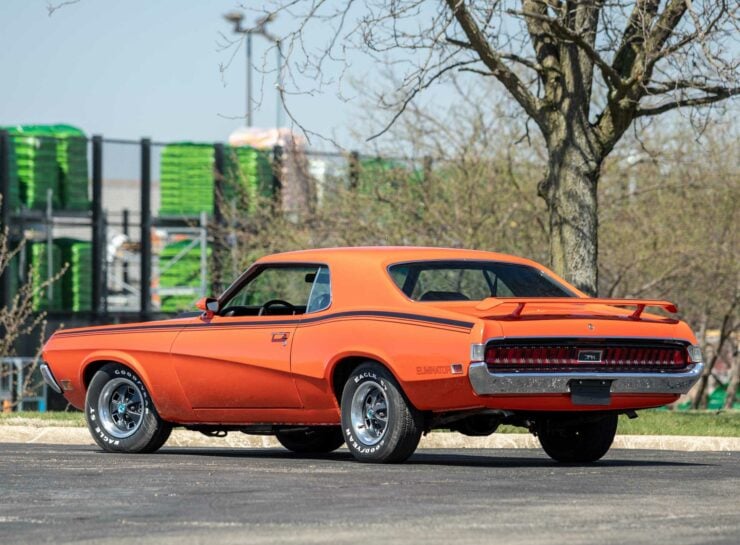

In 1969, Mercury introduced the Eliminator performance package for the Cougar, which added a number of high-performance upgrades to the base model. These upgrades included a front and rear spoiler, racing stripes, a blacked-out grille, and a hood scoop. The Eliminator package also offered several engine options, including the 351 Windsor, 390 FE, and the legendary 428 Cobra Jet.
In 1970, Mercury unveiled the Cougar Boss 302 Eliminator, which was designed to compete with Chevrolet’s Z/28 Camaro and Pontiac’s Trans Am Firebird. The Cougar Boss 302 was powered by a high-performance 302 cubic inch (5.0-liter) V8 engine, which was borrowed from the Ford Mustang Boss 302.
This engine featured a number of performance enhancements including a high-rise aluminum intake manifold, high-flow cylinder heads, and a solid lifter camshaft. It produced a remarkable 290 bhp and 290 lb ft of torque, impressive figures for the era.
The Cougar Boss 302 Eliminator also featured numerous other performance upgrades, including a competition suspension, power front disc brakes, and a close-ratio four-speed manual transmission. The exterior of the car was outfitted with the Eliminator package’s distinctive styling elements, while the interior featured high-back bucket seats and a special gauge package.
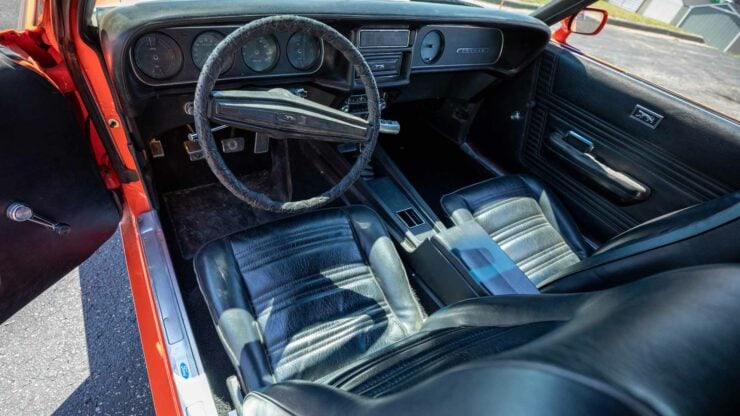

Despite its impressive performance and stylish appearance, the Mercury Cougar Boss 302 Eliminator was produced in limited numbers. Only 2,267 Eliminators were built in 1970, with just 469 of them being equipped with the Boss 302 engine. This scarcity can be attributed to several factors, including the high cost of the Eliminator package and the stiff competition from other muscle cars of the time.
The Cougar Boss 302 Eliminator was also overshadowed by the more famous Ford Mustang Boss 302, which enjoyed greater success on the racetrack and in the marketplace. The Mustang Boss 302 won the 1970 Trans-Am racing series in no uncertain fashion, taking six wins from 11 races thanks.
In comparison the Cougar Boss 302 Eliminator struggled to make an impact largely as a result of its lack of presence on the race track, and its production was halted after just one year.
The 1970 Mercury Cougar Boss 302 Eliminator Shown Here
This is one of the rare surviving Mercury Cougar Boss 302 Eliminators from 1970, it’s not known exactly how many have made it to the modern day and avoid the combined scourges of rust and crashes, but it’s likely to be far fewer than the 469 originally built.
This car is a matching-numbers example, always an important thing for any serious collector, and it’s one of the more desirable manual cars fitted with the close ratio 4-speed manual transmission. It has the Super Drag Pak option with a 4.30 ratio Traction-Lok differential and it’s an early production car – built on October 15th 1969.
This Cougar is finished in Competition Orange with a Black interior and it rides on period correct wheels and Goodyear Eagle ST tires, looking just like it did when it rolled off the production line back in 1969. It has a Hurst T-handle shifter, power brakes with front discs, power steering, bucket seats and a center console, an AM radio, and a clock.
If you’d like to read more about this car or register to bid you can visit the listing here on Mecum. It’s due to roll across the auction block in mid-May.
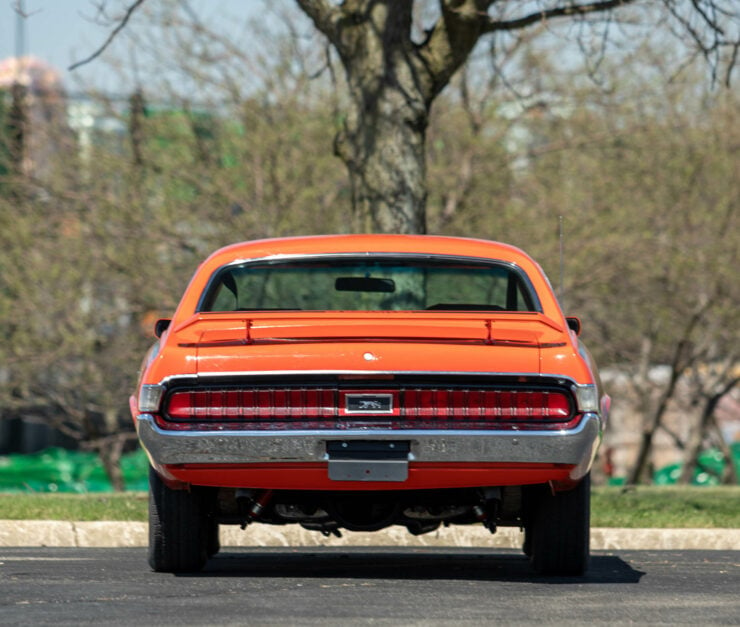
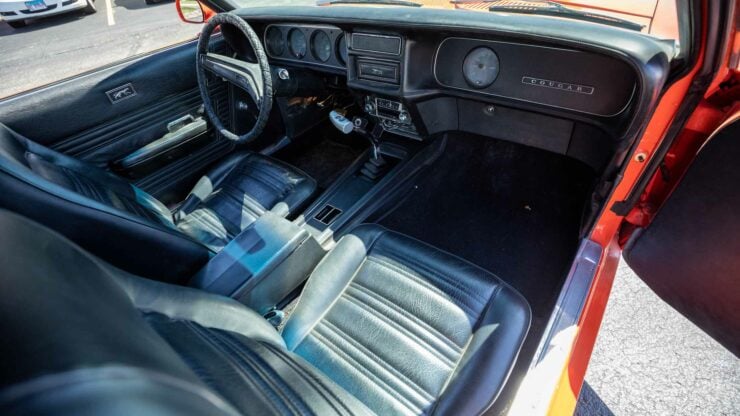
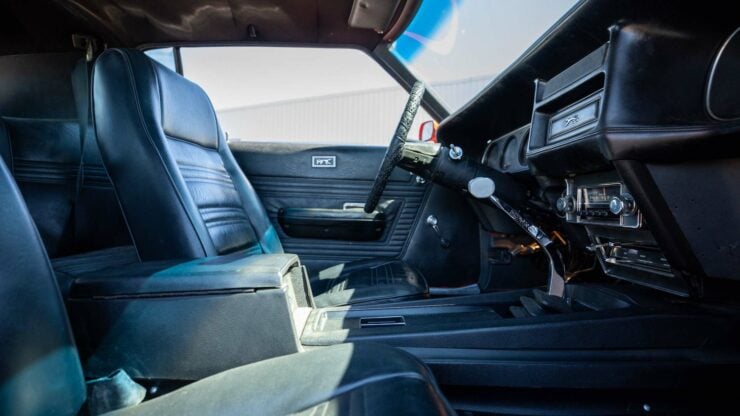
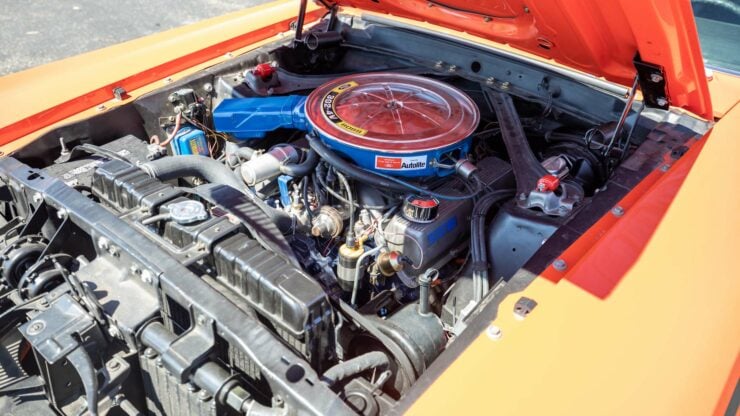
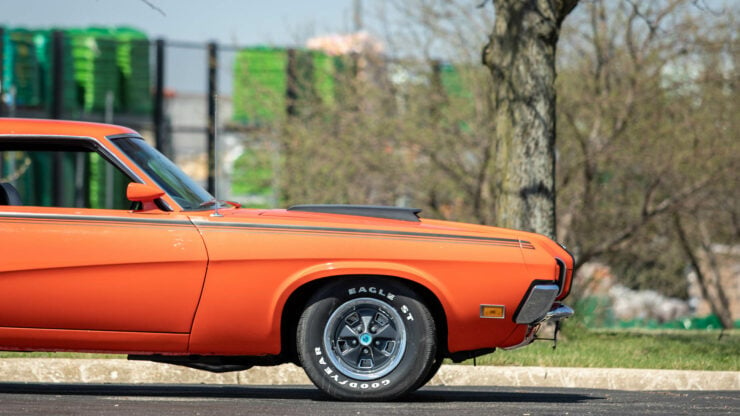
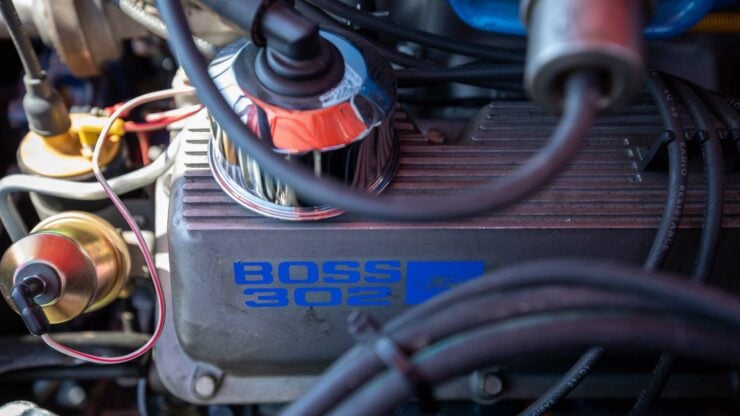
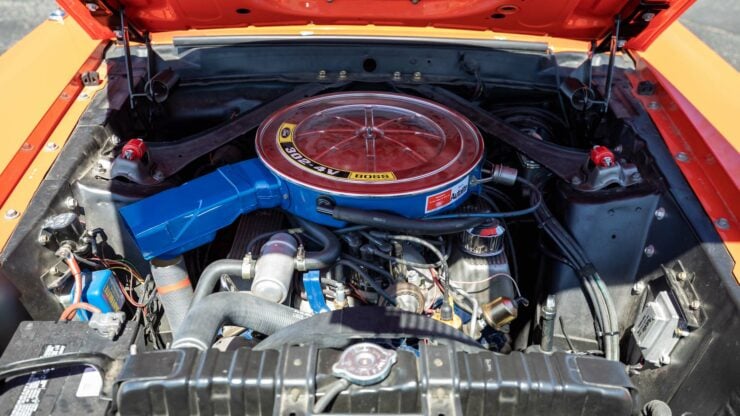

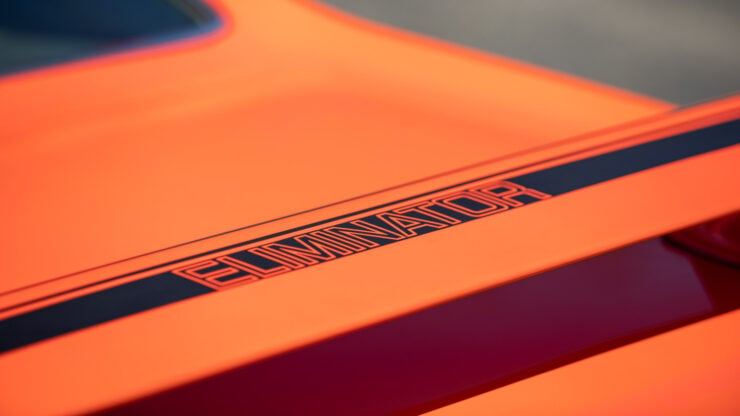
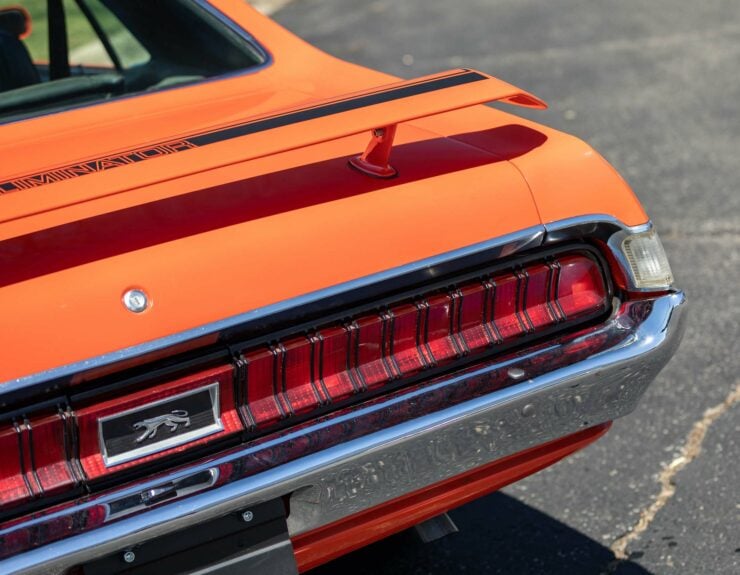
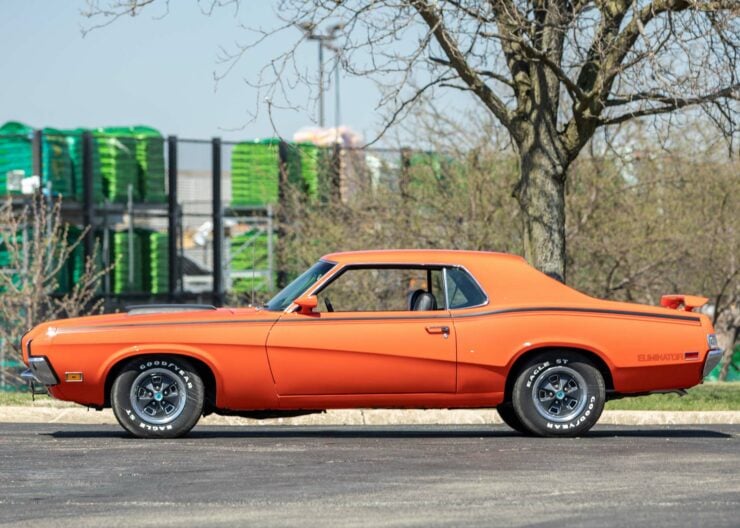
Images courtesy of Mecum

